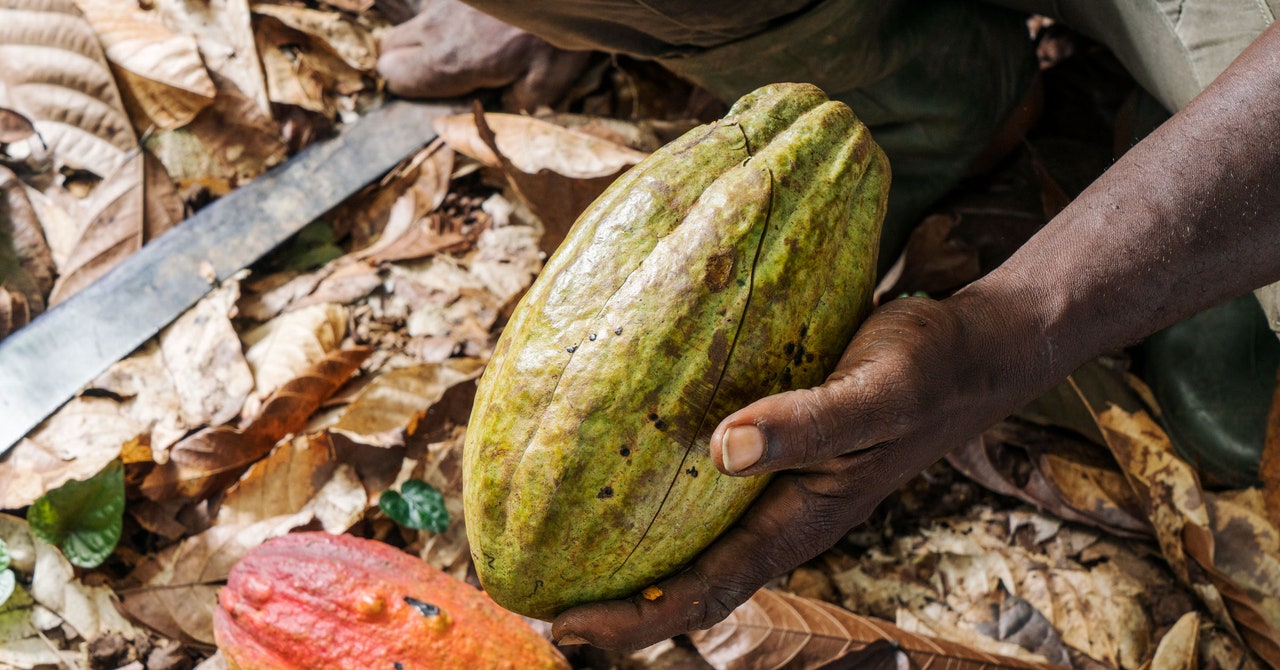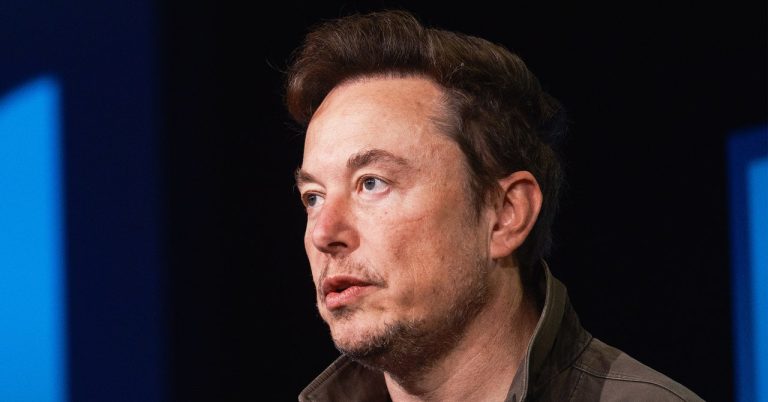The United Nations has published a major new tally of the impact the world’s food system has on our health and the planet. According to a report from the Food and Agriculture Organization of the United Nations (FAO), the total hidden costs of the world’s food system add up to $12.7 trillion dollars—roughly 10 percent of global GDP.
The report analyzed the costs to health, society, and the environment embedded in the current food system. The biggest impact in monetary terms is on health: Globally, 73 percent of all the hidden costs accounted for by the FAO were associated with diets that led to obesity or non-communicable diseases like diabetes and heart disease. The next biggest impact in monetary terms was to the environment, accounting for more than 20 percent of quantified hidden costs.
“We know that the agrifood system faces a number of challenges,” says David Laborde, director of the FAO’s Agrifood Economics Division. “And with this report, we can put a price tag on these problems.”
The hidden costs of food systems change dramatically from country to country. In low-income countries, almost half of the hidden costs relate to poverty and may be partly caused by farmers not being able to grow enough food or not being paid a fair price for their products. In these countries, the hidden costs of food amount to an average of 27 percent of GDP, compared with just 8 percent in high-income countries. The FAO’s figures use 2020 purchasing power parity dollars—a way of comparing living standards across countries with very different incomes and prices.
These hidden costs can be interconnected. Laborde offered the example of cacao—the key ingredient in chocolate. Cacao is mostly grown in Ghana and Côte d’Ivoire, where farmers are often paid a pittance for their crops. That cacao is mostly eaten by people in high-income countries, particularly in Europe, and usually in the form of sugar-laden chocolate bars. If people in Europe ate a little less chocolate but paid more for a fairer and higher-quality product, that could help reduce health impacts in Europe while directing more money toward farmers in West Africa, Laborde says.
These cross-border value calculations can get fiendishly complicated, says Jack Bobo, director of the University of Nottingham’s Food Systems Institute. Take the EU’s Farm to Fork Strategywhich aims to—among other things—ensure that a quarter of Europe’s farmland is organic and reduce fertilizer use by at least 20 percent by 2030. Hitting these goals will probably reduce environmental hidden costs in Europe, but it’s likely it will also end up reducing the overall productivity of European farms. This could mean European countries need to import more food from countries like Brazil, which would incentivize deforestation and add up to more environmental hidden costs there.












+ There are no comments
Add yours